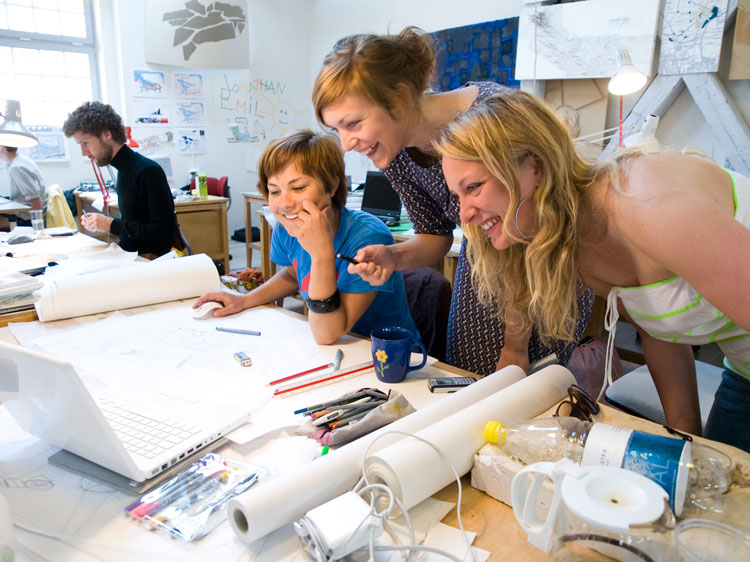Films about forests and climate change
The challenge of climate change means the expectations of forests are growing faster than the forests themselves. What role can forests play in mitigating climate change? Films by SLU Future Forests.
What does SLU do for the climate? We provide knowledge, decision support and facts about climate solutions. We teach our students about sustainability, and they inspire us to further reduce our climate impact. Below are a few examples of how SLU contributes.

The cooperation within UN on climate change highlights the science and skills needed in society to understand the climate change challenge and to find solutions. At SLU, every week is "climate week". We contribute our knowledge about the development and sustainable use of living natural resources all year round.
The challenge of climate change means the expectations of forests are growing faster than the forests themselves. What role can forests play in mitigating climate change? Films by SLU Future Forests.
What is the impact of climate change on nature and its ecosystems? Is nature's calendar getting out of step? In what way is the growing season changing in different parts of the country?

SLU contributes to sustainable food production, nationally and internationally. We teach about and study the climate impact of food production and consumption.
